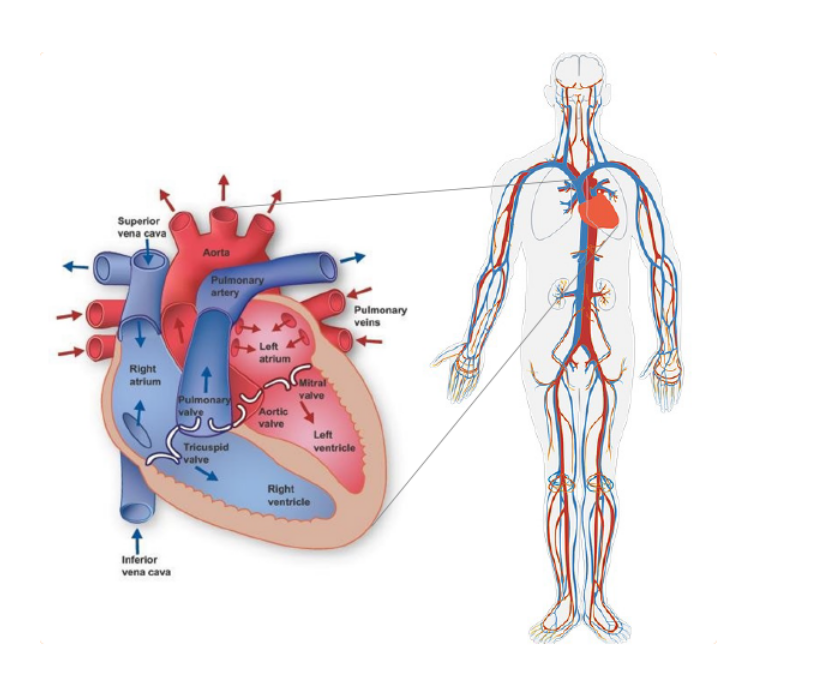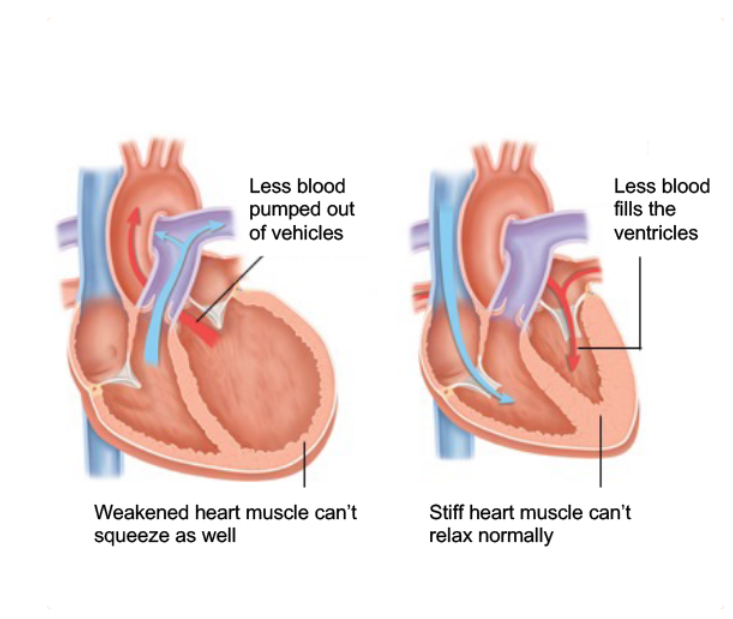- Tendera M. Epidemiology, treatment, and guidelines for the treatment of heart failure in Europe. Eur Hear J Suppl. 2005;7(Suppl J):J5-J9. doi:10.1093/eurheartj/sui056.
- Chronic heart failure in adults: diagnosis and management. 2018, available at https://www.nice.org.uk/guidance/ng106.
- Ebner N, von Haehling S. Iron deficiency in heart failure: a practical guide. Nutrients. 2013;5(9):3730-9. doi:10.3390/nu5093730.
- Klip IT, Comin-Colet J, Voors A a, et al. Iron deficiency in chronic heart failure: an international pooled analysis. Am Heart J. 2013;165(4):575-582.e3. doi:10.1016/j.ahj.2013.01.017.
- McDonagh TA, et al; Eur Heart J. 2021 Aug 27; doi: 10.1093/eurheartj/ehab368.
- https://www.verywellhealth.com/heart-failure-causes-and-risk-factors-1746181
- https://www.mayoclinic.org/diseases-conditions/heart-failure/symptoms-causes/syc-20373142
- Marchi G, Busti F, Vianello A, Girelli D. Anemia and iron deficiency in heart failure: extending evidences from chronic to acute setting. Intern Emerg Med. 2020 Jul 10. doi: 10.1007/s11739-020-02434-9. Epub ahead of print.
心力衰竭意味着您的心脏已经衰弱或受损,不再能够泵出您全身所需的所有血液。
您的慢性心力衰竭可能意味着您感到筋疲力尽,并比以前更容易喘不上气。这些症状可能部分由缺铁所致。
如果您已被诊断出患有慢性心力衰竭,那么您将很可能与您的医生进行随访约诊,以检查您在使用您的心脏药物的情况下有何变化。您可以利用这个机会讨论您正在出现的任何其他症状,或者预约额外一次就诊,这样您和您的医生都将有充足的时间。为了帮助您记住所有您想问的问题,请事先做笔记。这样您就能得到医生可能需要的所有信息。可通过血液检查来检查您的铁水平 – 点击此链接了解更多关于血液检查和结果含义的信息。
一旦您的医生检测了您的铁含量,他们就能决定最适合您的治疗。这将取决于您缺铁的程度,可以是建议如何从您的饮食中获得更多的铁和/或推荐您可使用的药物来改善您的铁水平。可通过以下链接获取更多关于不同的治疗选择和如何从您的饮食中获得最多的铁的信息。
心力衰竭意味着您的心脏已经衰弱或受损,不再能够泵出您全身所需的所有血液。
您的慢性心力衰竭可能意味着您感到筋疲力尽,并比以前更容易喘不上气。这些症状可能部分由缺铁所致。
如果您已被诊断出患有慢性心力衰竭,那么您将很可能与您的医生进行随访约诊,以检查您在使用您的心脏药物的情况下有何变化。您可以利用这个机会讨论您正在出现的任何其他症状,或者预约额外一次就诊,这样您和您的医生都将有充足的时间。为了帮助您记住所有您想问的问题,请事先做笔记。这样您就能得到医生可能需要的所有信息。可通过血液检查来检查您的铁水平 – 点击此链接了解更多关于血液检查和结果含义的信息。
一旦您的医生检测了您的铁含量,他们就能决定最适合您的治疗。这将取决于您缺铁的程度,可以是建议如何从您的饮食中获得更多的铁和/或推荐您可使用的药物来改善您的铁水平。可通过以下链接获取更多关于不同的治疗选择和如何从您的饮食中获得最多的铁的信息。



















